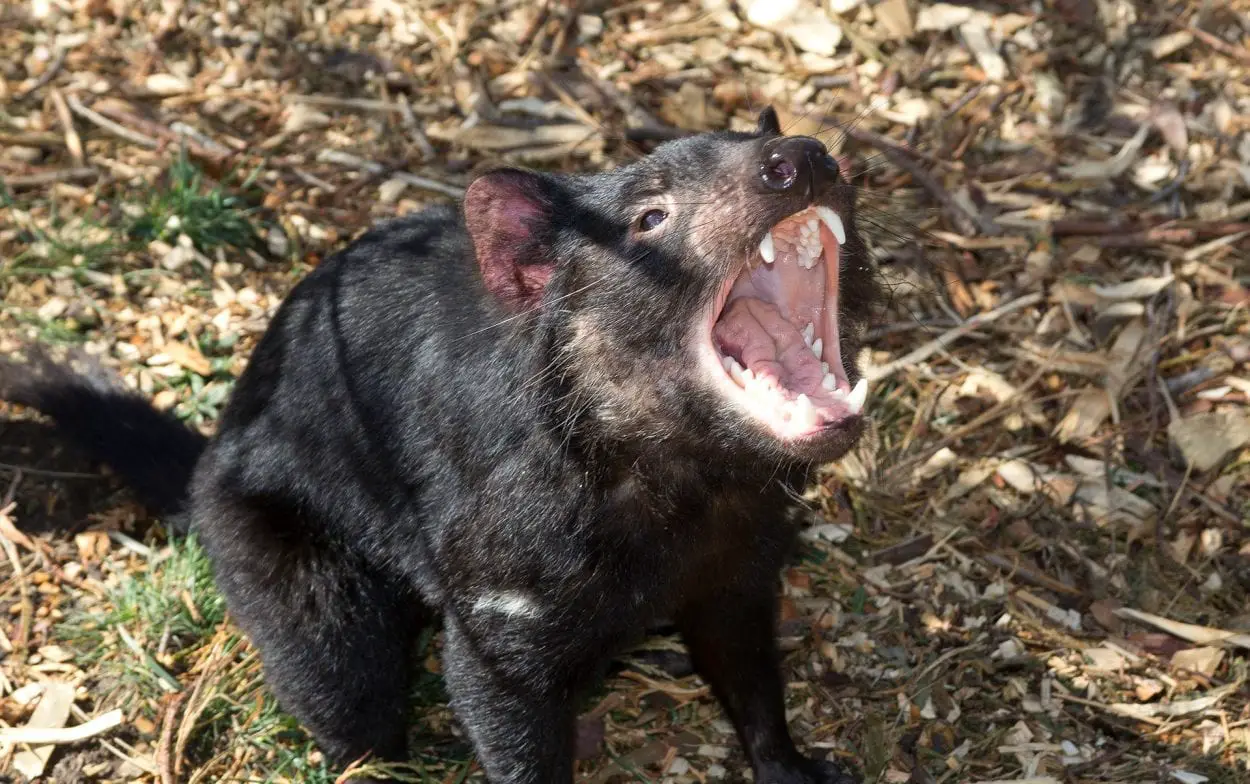A BIG drop in global temperatures 12-14 million years ago may explain the evolutionary success of Australia’s unique marsupial carnivores, a new study has found.
Tasmanian Devils, the cat-like Quoll and several shrew-like species are among 80 species of carnivorous marsupials called “dasyurids” which still inhabit parts of Australia and New Guinea.
Now researchers from the Australian National University and the University of Salford in the UK have found evidence that while many rainforest-dwelling species died out as a result of the temperature drops, the Tasmanian Devil and its relatives adapted to the new drier woodland habitats.
The scientists combined genomic data from living dasyurids and other marsupials with evidence from the fossil record to analyse how the group has diversified through time.
“This is the first time we’ve directly analysed genomic and fossil data in combination to look at dasyurid evolution” said co-author Robin Beck of the University of Salford, “and the pattern we found was striking: three of the four major dasyurid groups diversified almost simultaneously, immediately after this big temperature drop.”
The fossil record shows that many Australian marsupials went extinct during this period of intense climate change, with the environment becoming drier and colder, and wet rainforests being replaced by more open woodland environments.
One group of Australian marsupials that suffered were the thylacines, which were also carnivorous and may have been competitors with the dasyurids.
“The loss of many species may explain why the dasyurids began to diversify rapidly during this period” said Beck, adding that future work will test whether dasyurids directly competed with thylacines.
It is unclear what effect current climate change will have on Australian marsupials, but many living dasyurids are restricted to very small ranges and are threatened with extinction.
“If climate change leads to the loss of the kind of habitat these species need, then they may have nowhere else to go”.
University of Salford Manchester
Image Credit : Public Domain







